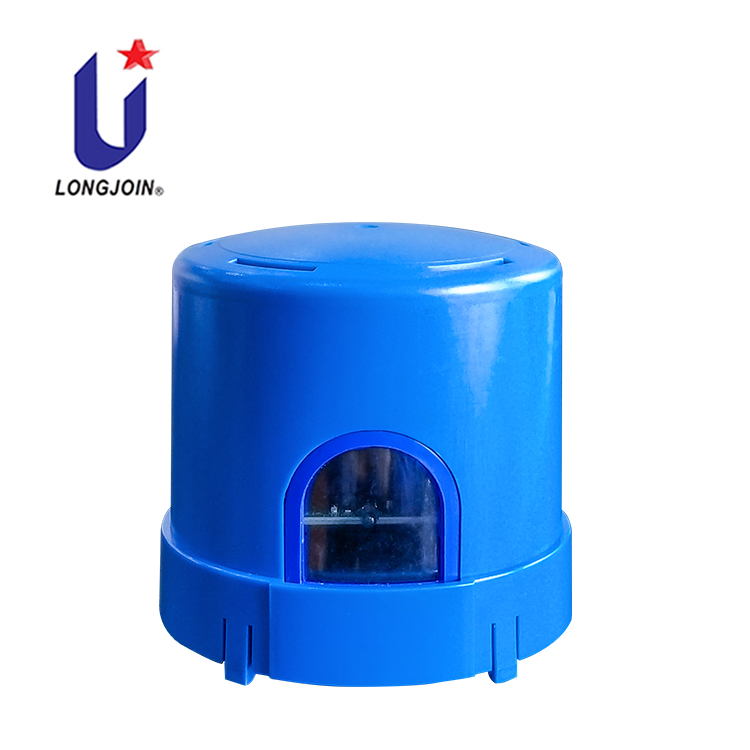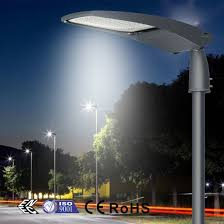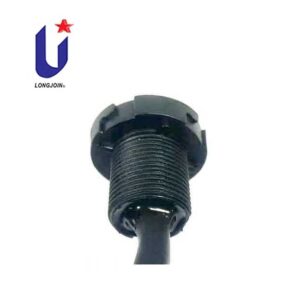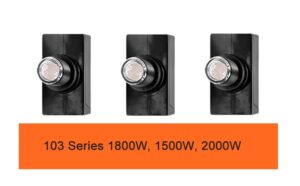Optimization and Application of Constant Illuminance Function in Smart Street Lighting Control
Introduction
Importance of Smart Street Lighting
Smart street lighting systems are revolutionizing urban spaces. They improve the quality of lighting and also reduce energy usage. These systems use advanced sensors and controls to provide the right amount of light at the right time.
Role of Constant Illuminance Function
A key feature of smart street lighting is the constant illuminance function. This feature dynamically adjusts the brightness of streetlights based on environmental light levels. It ensures that streetlights always provide optimal lighting conditions, reducing energy wastage.
This article will explore the working principle of the constant illuminance function, its specific use cases, and the advantages it offers for energy conservation and streetlight management.
Overview of Constant Illuminance Function
Definition of Constant Illuminance
The constant illuminance function is a system that automatically adjusts the brightness of streetlights. It uses sensors to detect ambient light levels. Then based on this data, it modifies the lighting output. This ensures consistent lighting without wasting energy. In an automatic light-sensing mode, the system can adjust based on real-time data. This ensures that streetlights provide just enough light to ensure visibility without wasting energy.


Role in Automatic Light Sensing Mode
This function plays a central role in the automatic light-sensing mode. It helps to avoid the need for manual adjustments. When there is enough natural light, the system reduces the streetlight brightness. When it gets darker, it increases the brightness to ensure proper illumination.
Brightness Output Formula
Calculation Method for Brightness
The basic formula for brightness adjustment is:
Brightness Ratio = (Ambient Light / Target Light Level) × 100
In this equation, the ambient light refers to the natural light detected by the sensors. Whereas, the target light level represents the desired level of streetlight brightness. The ratio determines how much the streetlight brightness should be adjusted. This is done to match the optimal level for the area. For example, if the surrounding light is bright, the system will lower the streetlight’s brightness. If it’s dark, the brightness will increase.
Practical Applications of the Formula
This formula is crucial for energy conservation. By adjusting the lighting based on environmental conditions, it ensures that streetlights are never too bright or too dim. This leads to more efficient energy use in various scenarios. This includes busy streets, residential areas, and parks.
Adaptation Scenario Analysis
Use in Busy Urban Areas
In busy urban environments, the constant illuminance function is especially useful. These areas require high lighting levels to ensure safety for pedestrians and vehicles. The system adjusts the brightness according to the time of day. This makes sure that the area is always well-lit. Also, this way unnecessary energy consumption is also reduced.


Application in Suburban and Open Spaces
In suburban areas or parks, the lighting needs are different. The system can detect when fewer people are around. Then it reduces the lighting accordingly. This feature ensures that energy is not wasted when there is no need for high levels of illumination. It also contributes to energy savings.
Gradual Brightening Process When Disabling the Function
Explanation of Gradual Brightening
When the constant illuminance function is disabled, it does not result in an immediate jump in brightness. Instead, the lighting gradually brightens. This gradual adjustment helps to avoid disturbing pedestrians, drivers, or residents.
Applicable Scenarios for Gradual Brightening
The gradual brightening feature is particularly important in situations where the lighting system is manually adjusted, such as during events or emergencies. It provides a smooth transition between different lighting levels, ensuring a comfortable and safe environment.
Handling Return Results
Importance of Handling Return Data
Once the controller executes a change in the lighting system, it sends return data to confirm the action was successful. Efficient handling of this return information is crucial for maintaining the smooth operation of the system.
Methods for Processing Return Results
There are several ways to handle return results. Data is collected and processed to verify the system’s status. If there is a failure, the system alerts operators so they can quickly resolve the issue. By processing return results efficiently, the system remains reliable and avoids downtime. Return results also help in the optimization of future adjustments. By collecting and analyzing data from the streetlights, the system can learn from previous actions and adapt its responses to changing conditions.
Summing Up
The constant illuminance function is an essential component of smart street lighting. It ensures efficient lighting in diverse environments, from busy urban streets to quiet suburban parks. By dynamically adjusting brightness, the system saves energy while maintaining safety and comfort. With advanced features like gradual brightening and effective handling of return data, smart street lighting systems provide an ideal solution for modern cities striving for sustainability and efficiency.
FAQs
What is the constant illuminance function in smart street lighting?
The constant illuminance function automatically adjusts the brightness of streetlights based on the surrounding natural light levels. It ensures optimal lighting without wasting energy. This is done by increasing brightness when it gets dark. Likewise, it reduces when there is sufficient natural light.
How does the brightness output formula work in smart street lighting?
The brightness output formula calculates the appropriate level of lighting based on ambient light conditions. It adjusts the streetlight’s brightness accordingly. This provides efficient energy use while ensuring proper illumination for safety in different environments.
What happens when the constant illuminance function is disabled?
When the constant illuminance function is disabled, the lighting gradually brightens to avoid sudden changes. This gradual brightening helps maintain a smooth transition in lighting levels. This ensures comfort and safety for pedestrians and drivers.
External Link
https://en.wikipedia.org/wiki/Ambient_lighting





